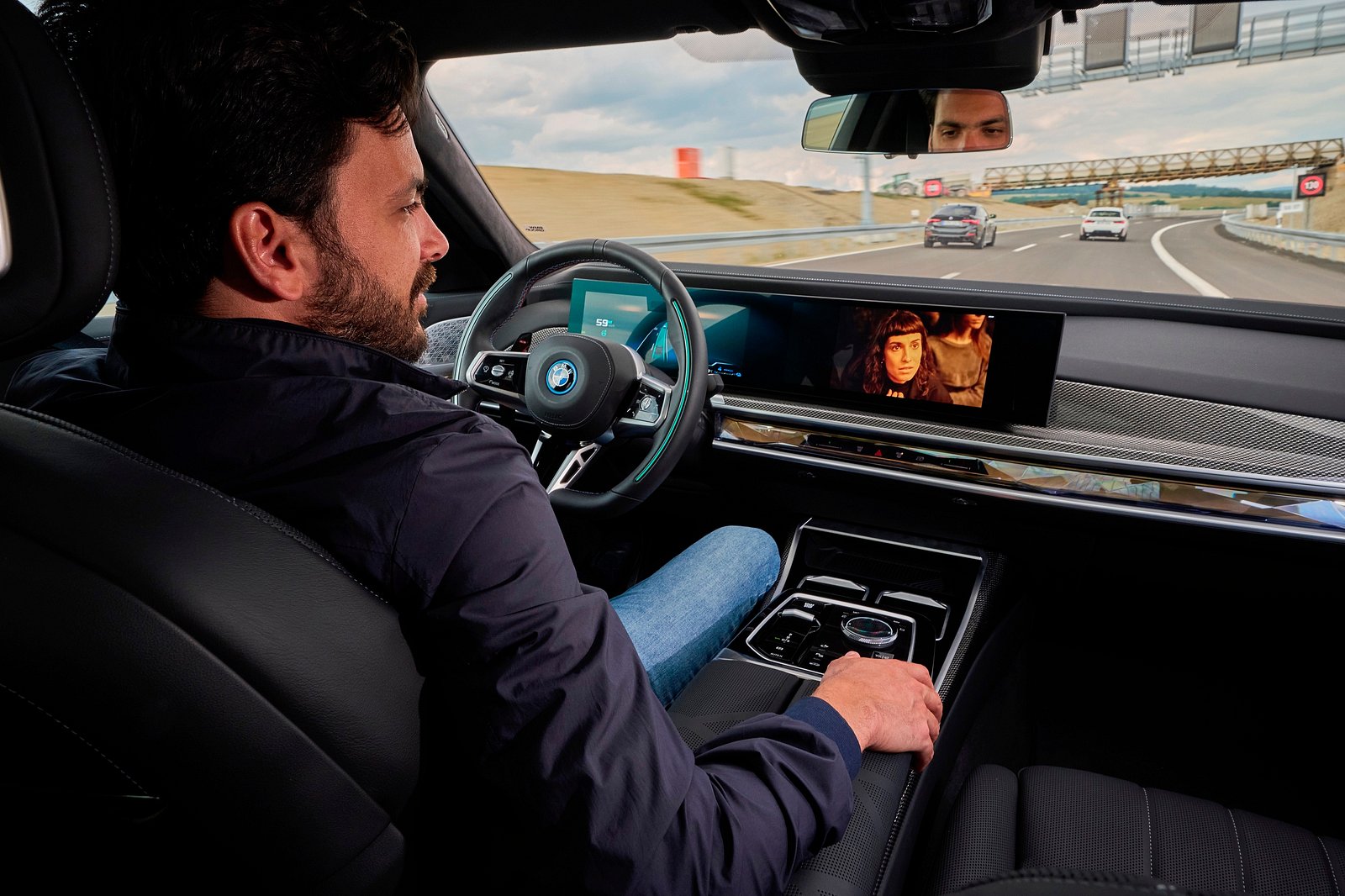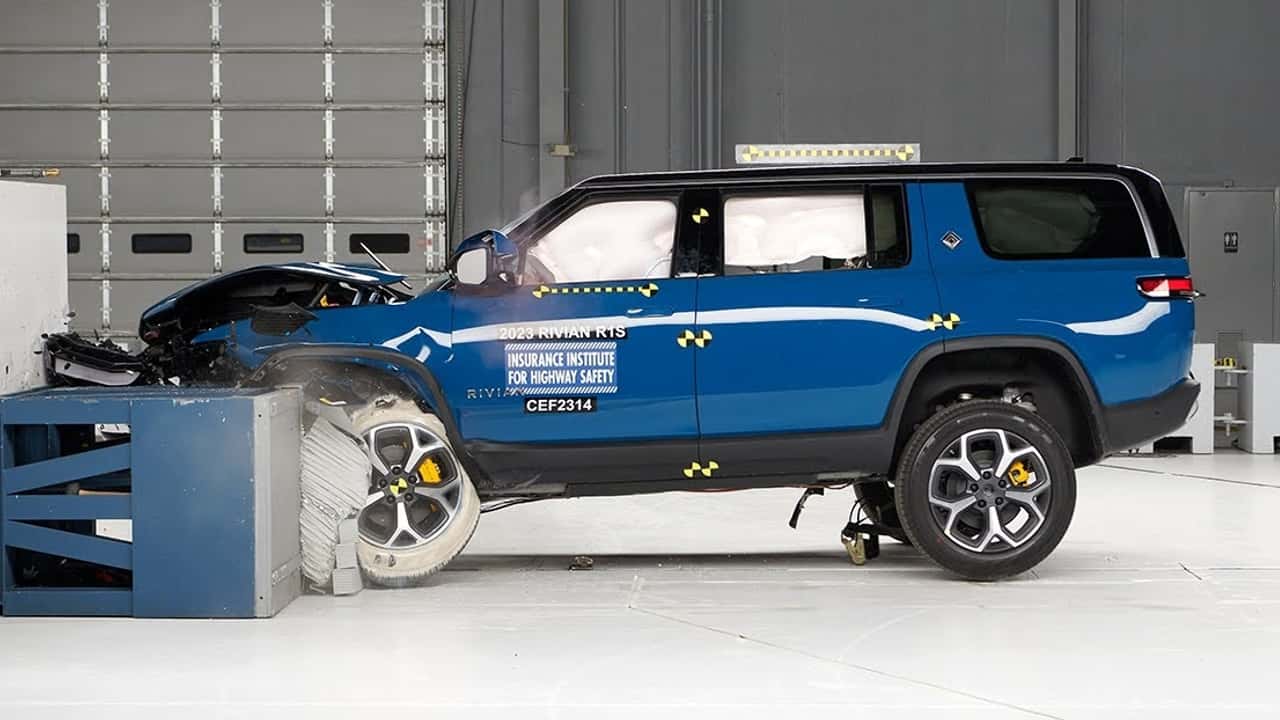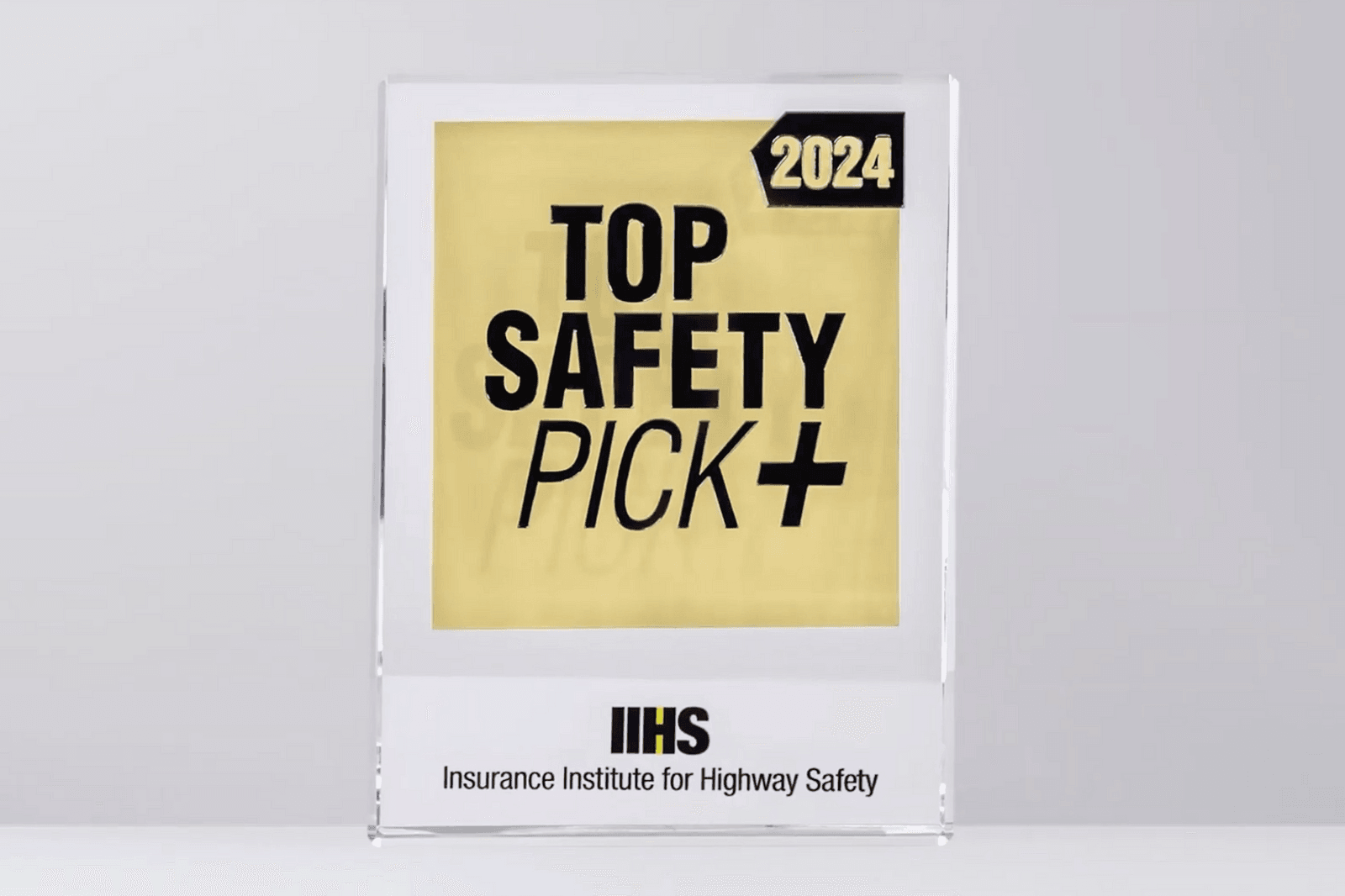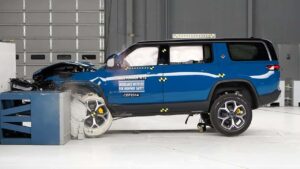14 systems evaluated, only 3 received marginal or acceptable ratings
According to a recent report by the Insurance Institute for Highway Safety (IIHS), automakers are not adequately monitoring drivers who use advanced driver-assist technologies. Out of the 14 available monitoring and safeguard systems, only one received an acceptable rating while two were classified as marginal and 11 were rated poorly. None of the systems received a good rating.The IIHS has raised concerns about the lack of attention being paid to driver behavior by these systems, which are designed to assist with tasks such as lane-keeping and adaptive cruise control. Despite the increasing popularity of these features, the IIHS believes that their effectiveness may be limited due to inadequate monitoring.In its evaluation, the IIHS looked at how well the systems performed in various scenarios, including lane changes, turns, and interactions with other vehicles. It found that many systems gave inconsistent or inadequate warnings to drivers when they were not actively monitoring the road. This could potentially lead to dangerous situations if the driver becomes too reliant on the system and does not maintain proper awareness.As a result of this assessment, the IIHS is calling on automakers to improve their monitoring systems and ensure that drivers are always engaged and ready to take control if necessary. The safety agency believes that these steps are crucial for maintaining the effectiveness of driver-ass
As per IIHS regulations, a favorable score mandates that the vehicle’s monitoring systems track the driver’s eye movement and hand placement, and issue two successive warnings within a span of 10 seconds. If after 20 seconds the driver is still perceived to be inattentive, a third warning must be activated or the car should take emergency measures to decelerate and safely pull over. In any case, if a driver remains inattentive for 35 seconds, the vehicle must initiate actions to slow down and exit the road.
It is important for monitoring systems to incorporate human interaction when initiating lane changes. Lane-keeping assistance must remain engaged even if the driver manually adjusts the steering wheel, as this promotes active driving. Additionally, adaptive cruise control should not automatically resume after an extended stop, especially in potentially chaotic situations such as heavy traffic. Finally, a monitoring system should prevent driver assists from activating if seat belts are not fastened or if automatic emergency braking has been disabled. This ensures the safety of both the driver and other individuals on the road.
A recent investigation conducted by IIHS analyzed cars manufactured by popular brands such as Ford, General Motors, Tesla, Mercedes-Benz, BMW, Genesis, Lexus, Nissan, and Volvo. Among these, Lexus stood out as the only brand to receive a satisfactory rating, while General Motors and Nissan were both given subpar ratings. Ford came close to achieving a higher score, but overall, the results show that every driver monitoring system of the examined group fell short in some aspect.
According to IIHS Senior Research Scientist Alexandra Mueller, “The shortcomings vary from system to system.” She explains that there are various issues with current vehicle safety systems. One major issue is that many systems do not effectively monitor whether the driver is paying attention to the road or is ready to take control. Additionally, there is a lack of attention reminders that are timely and strong enough to alert a driver who may be distracted. Another major concern is that many systems can still be used even if passengers are not wearing seatbelts or if other important safety features are turned off.
Although the research is highly critical of these systems, the IIHS is confident that improvements can be made primarily through alterations in the software.
“Despite the quick rise of vehicles equipped with partial automation systems on our roads, these results are concerning,” stated IIHS President David Harkey. “However, there is a glimmer of hope when looking at the overall performance of the group. While no single system excelled in all categories, at least one system showed strong performance in each category. This indicates that solutions are readily accessible and in some instances, a basic software update may be all that is needed.”

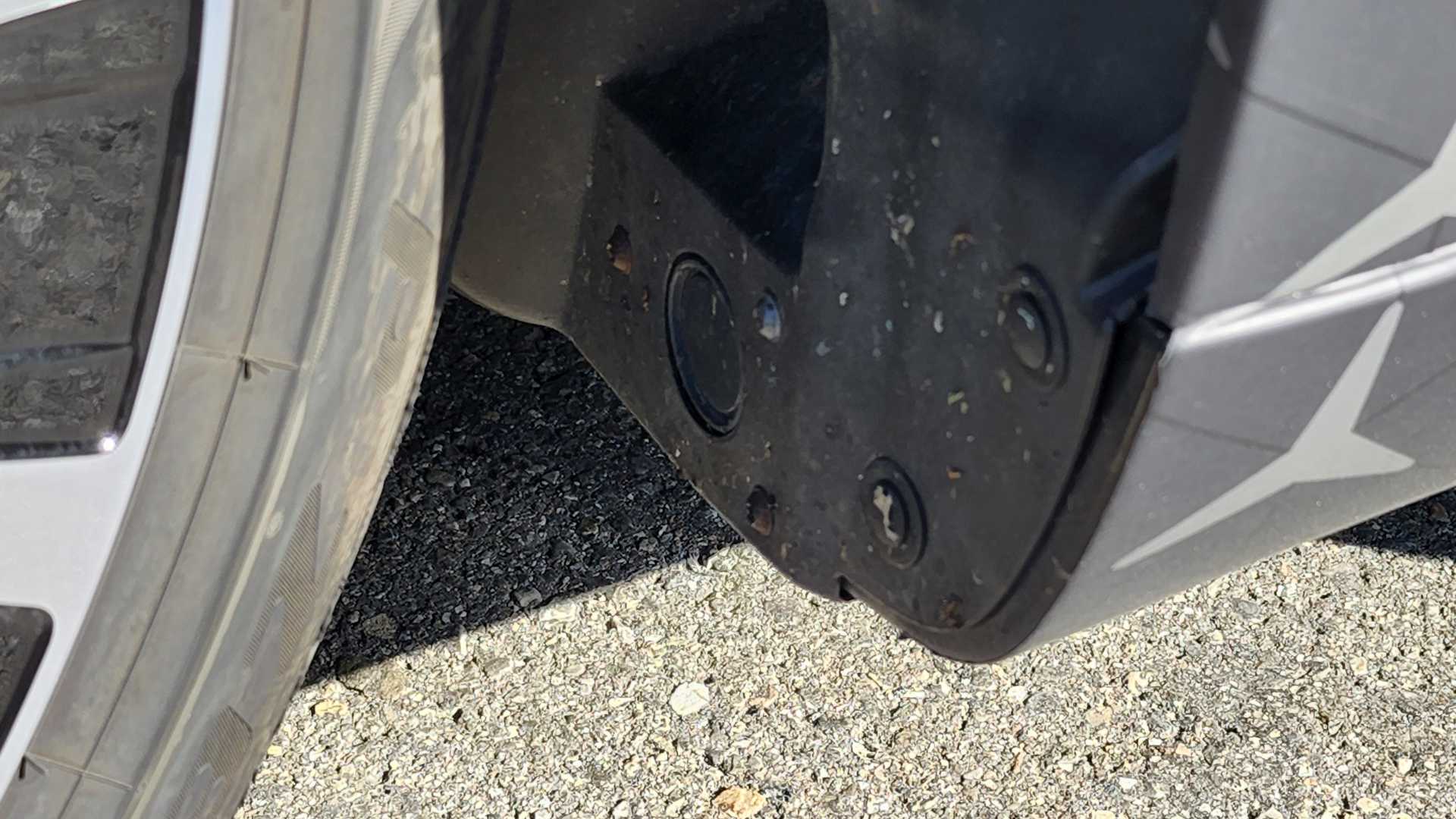
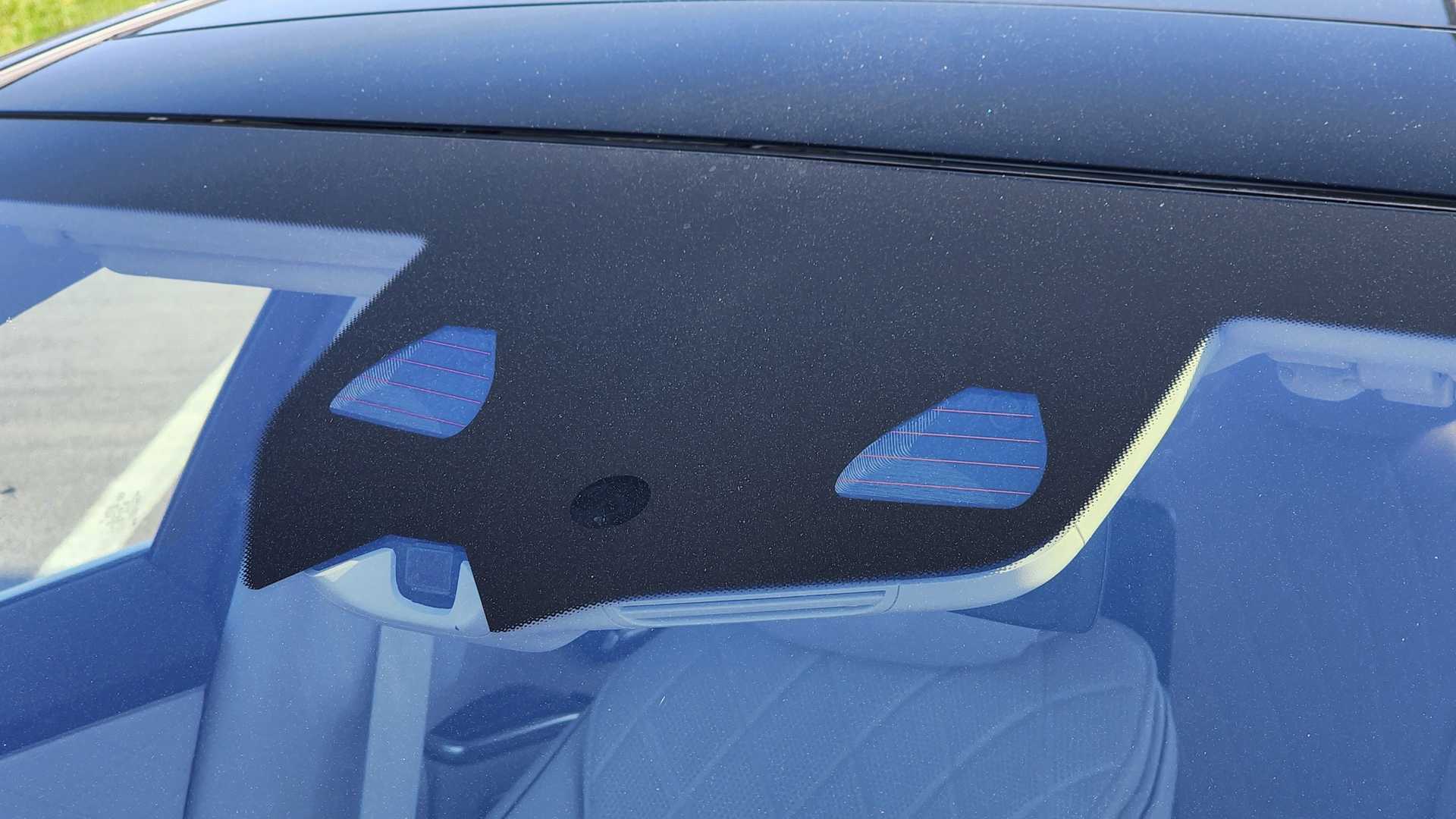
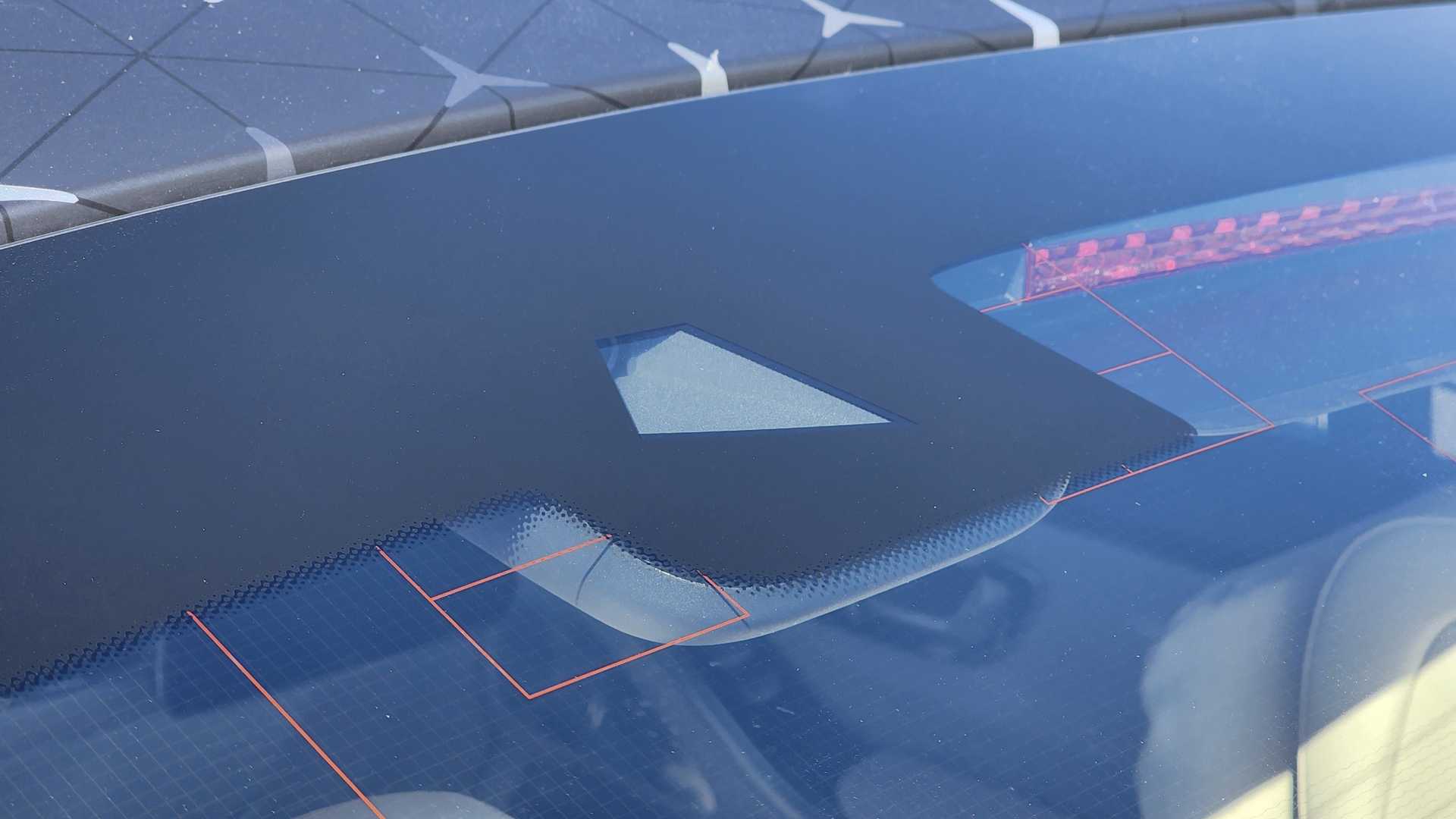
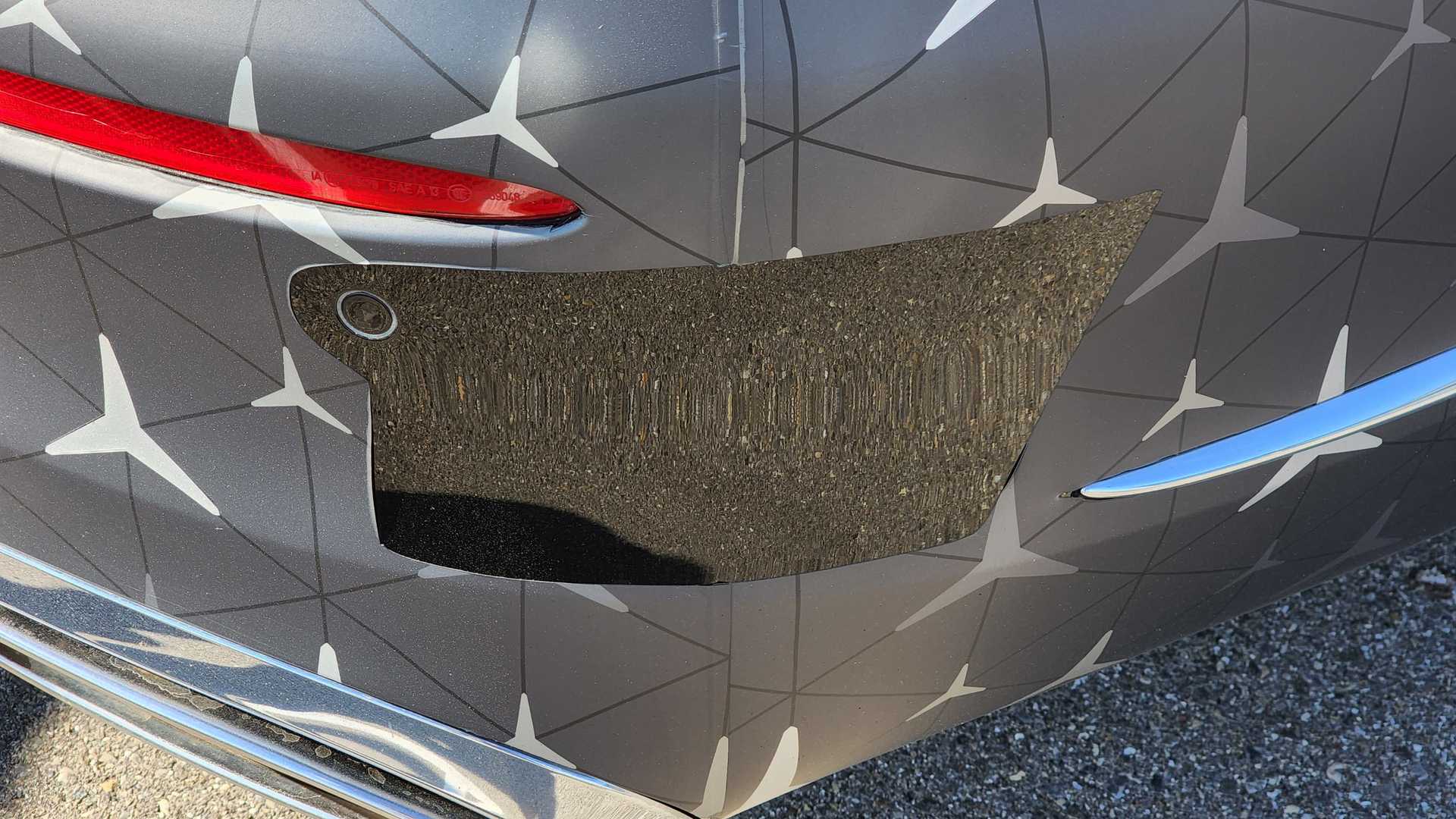
Source: Insurance Institute For Highway Safety
